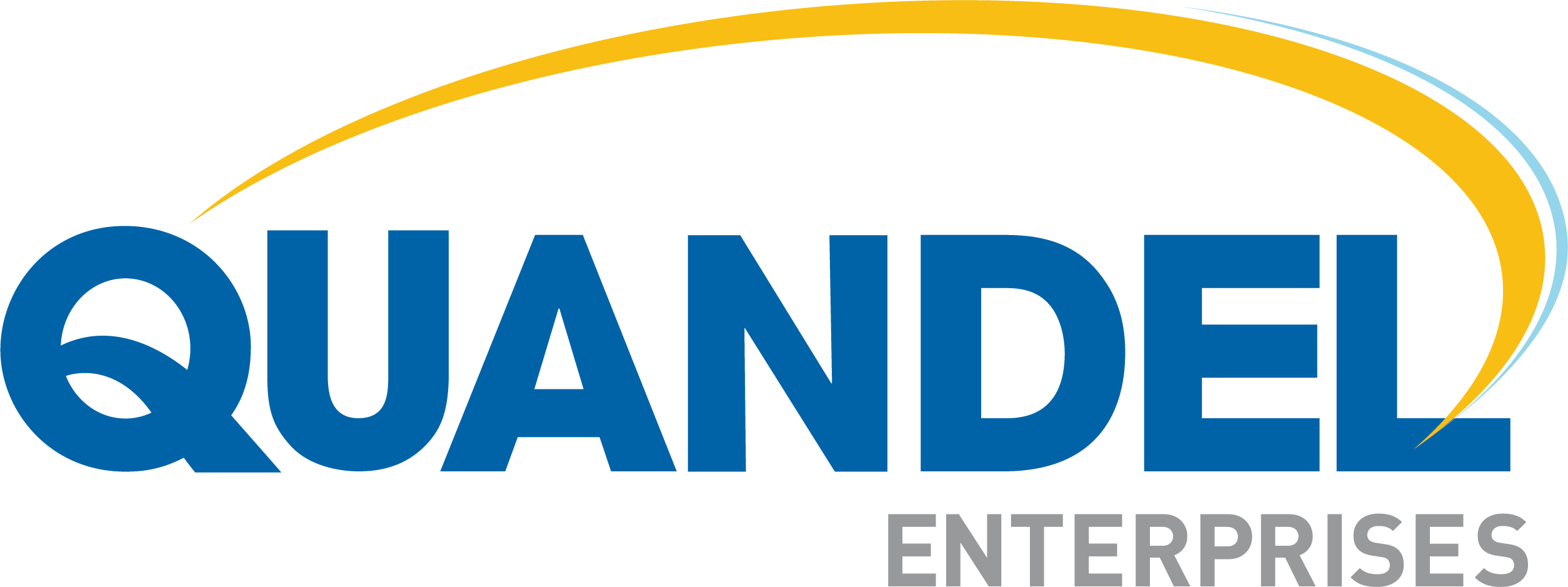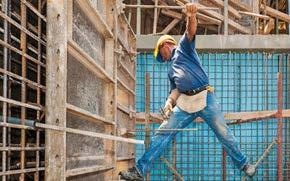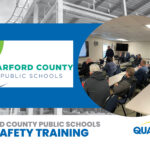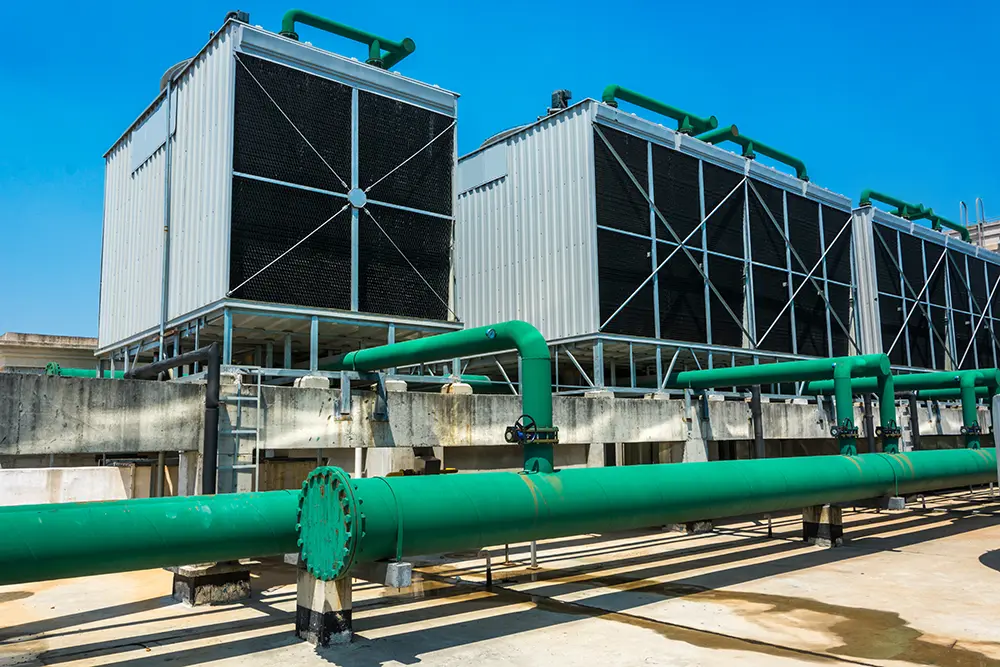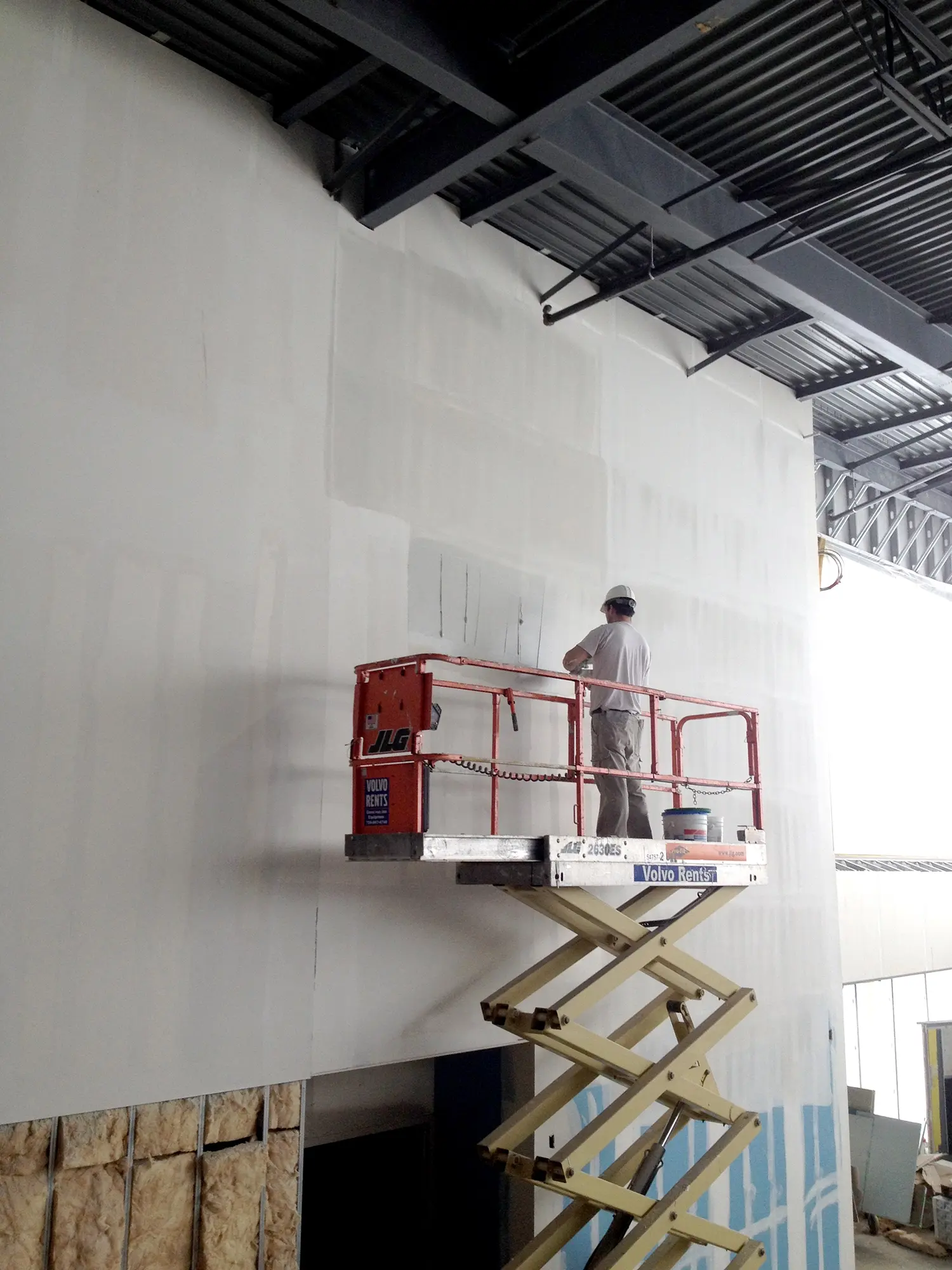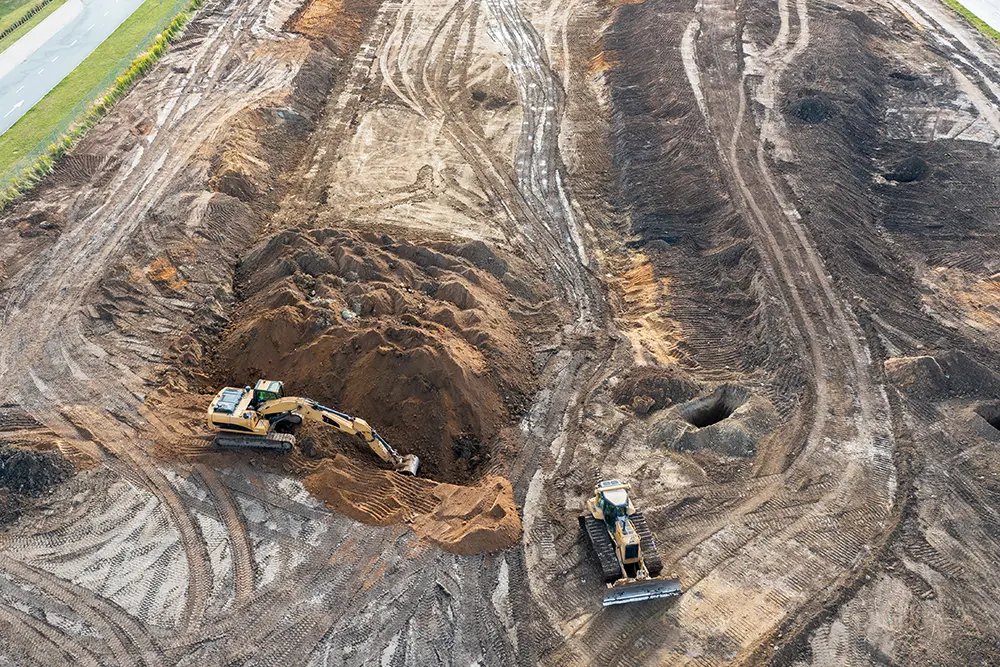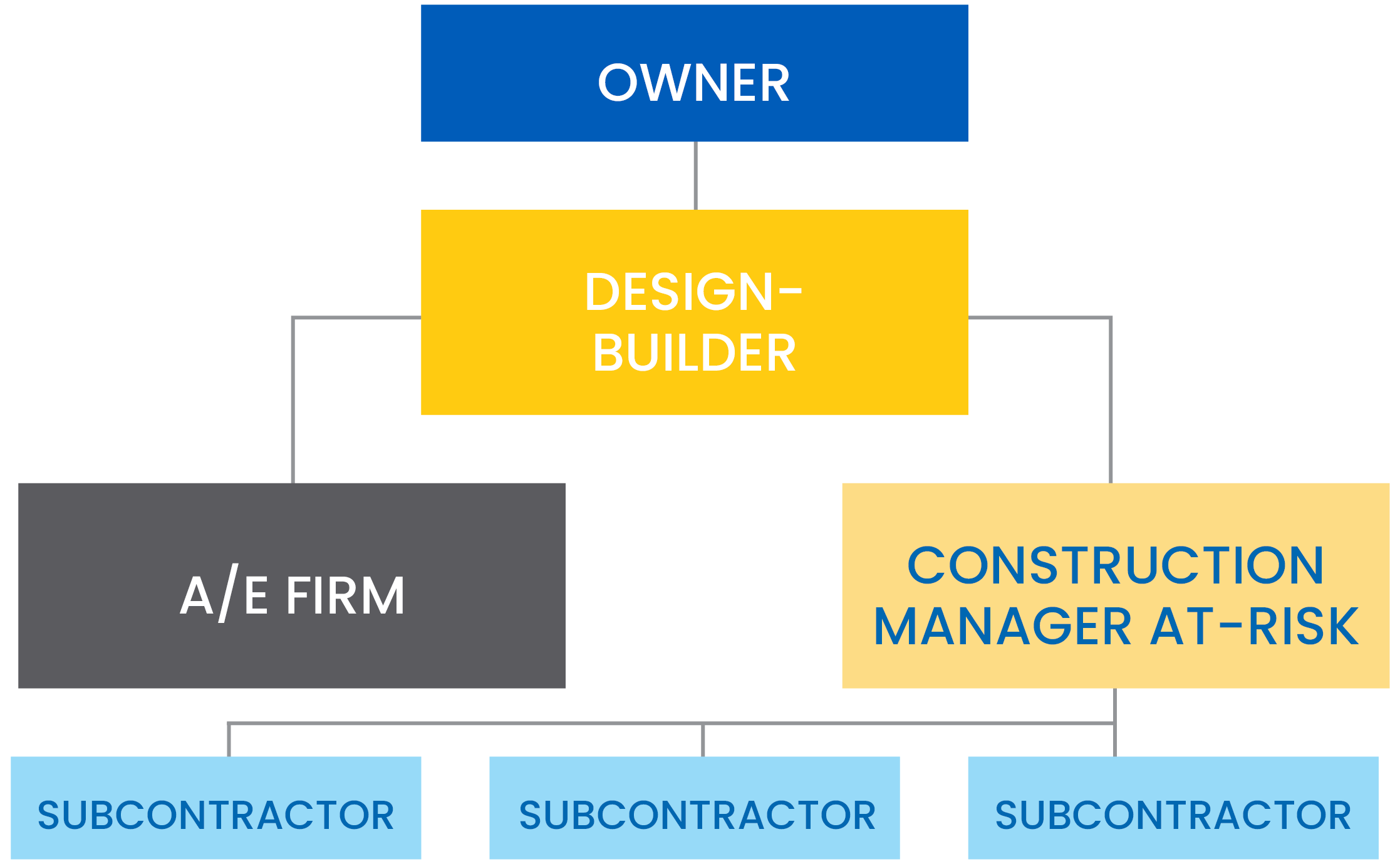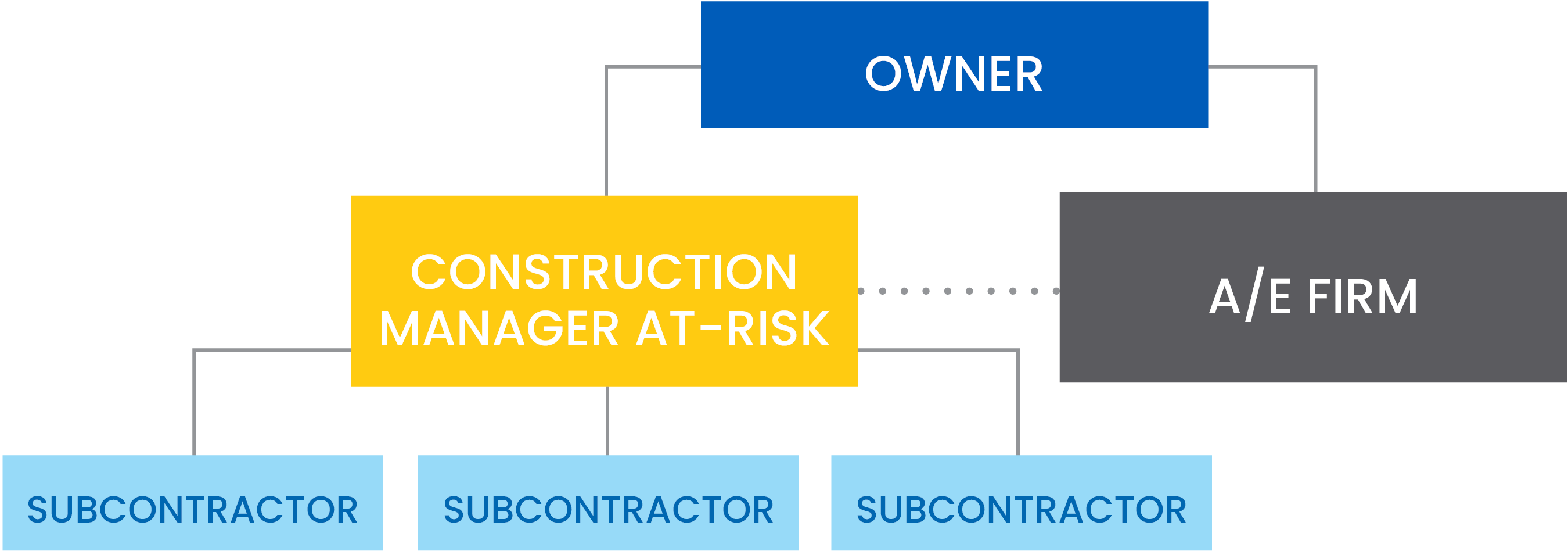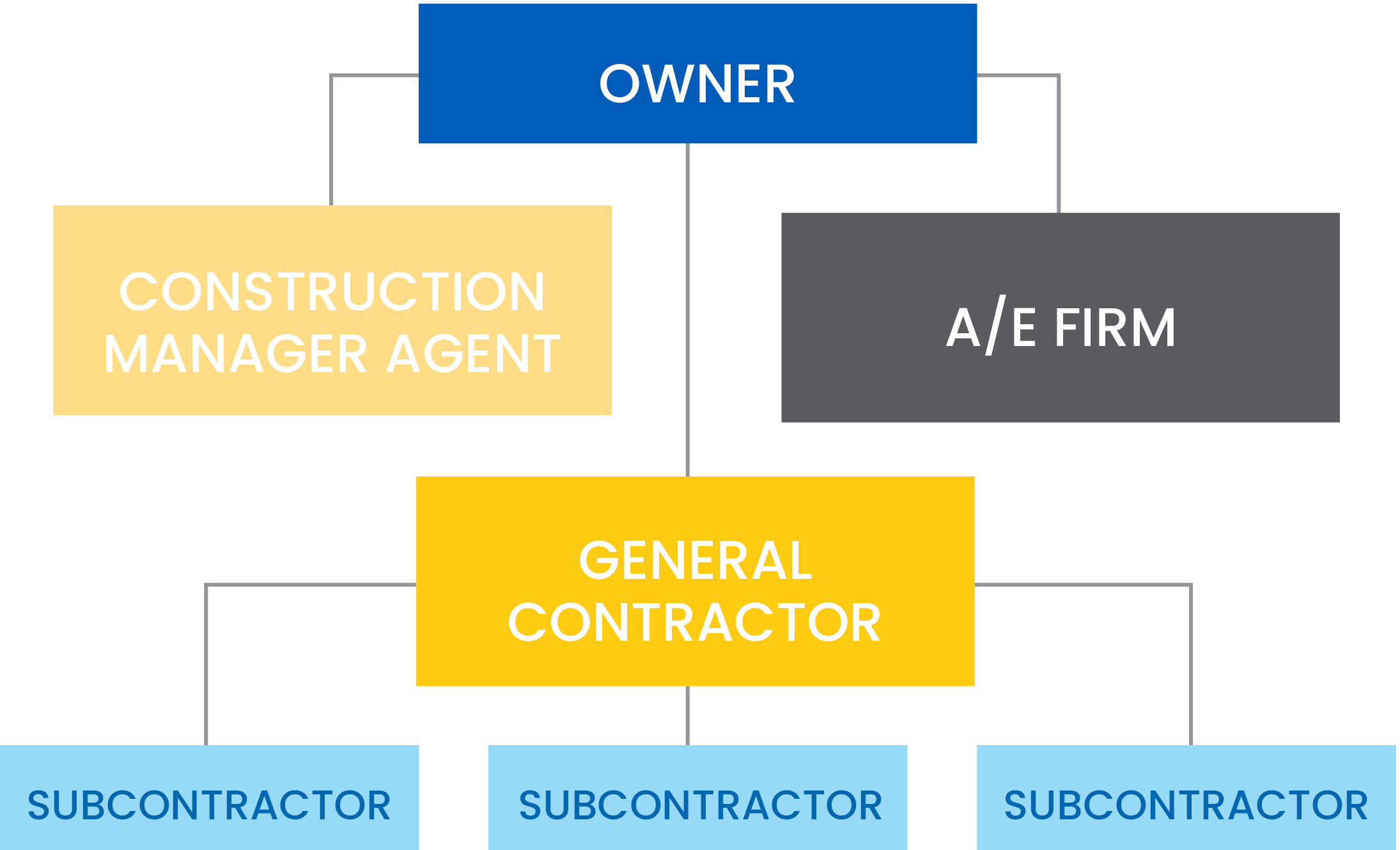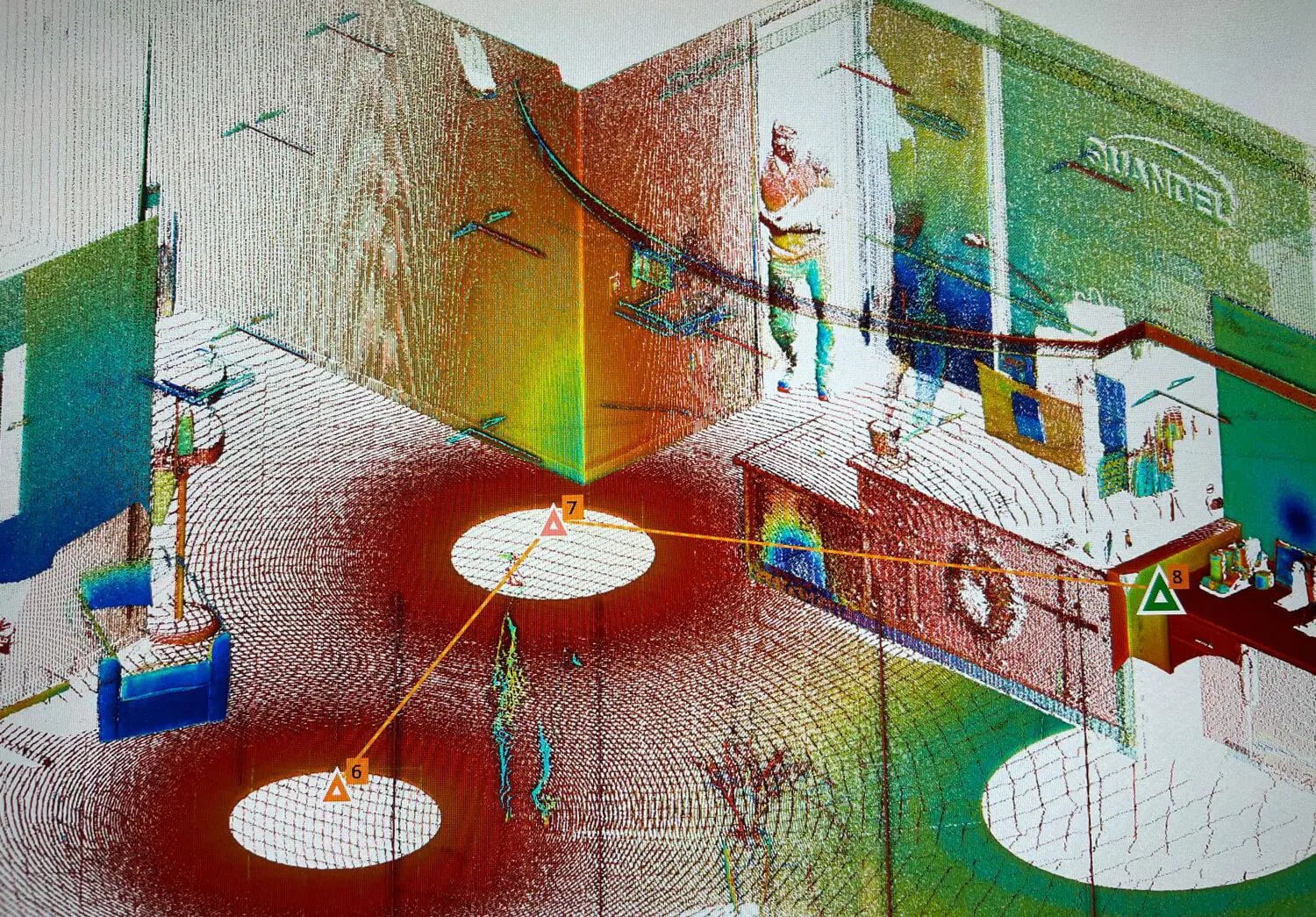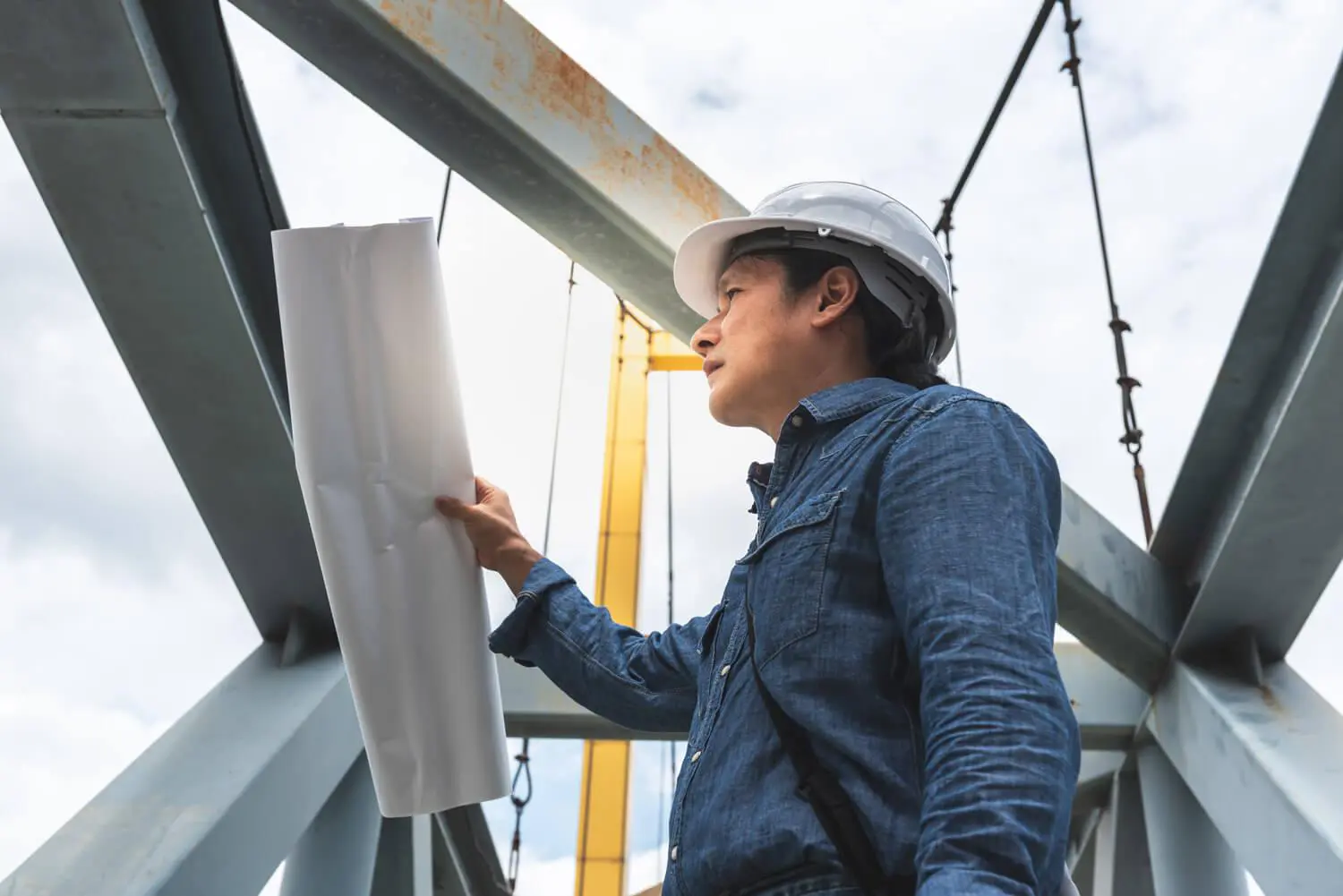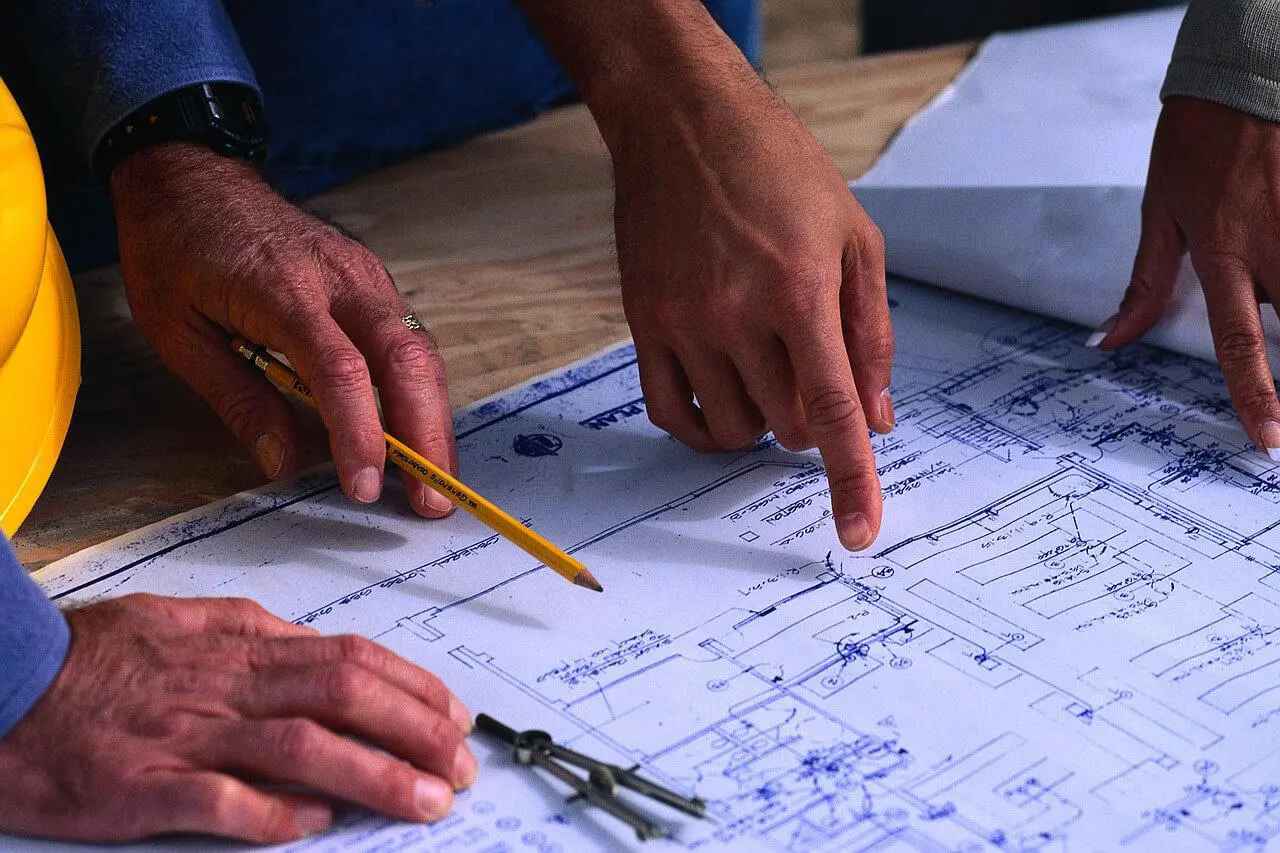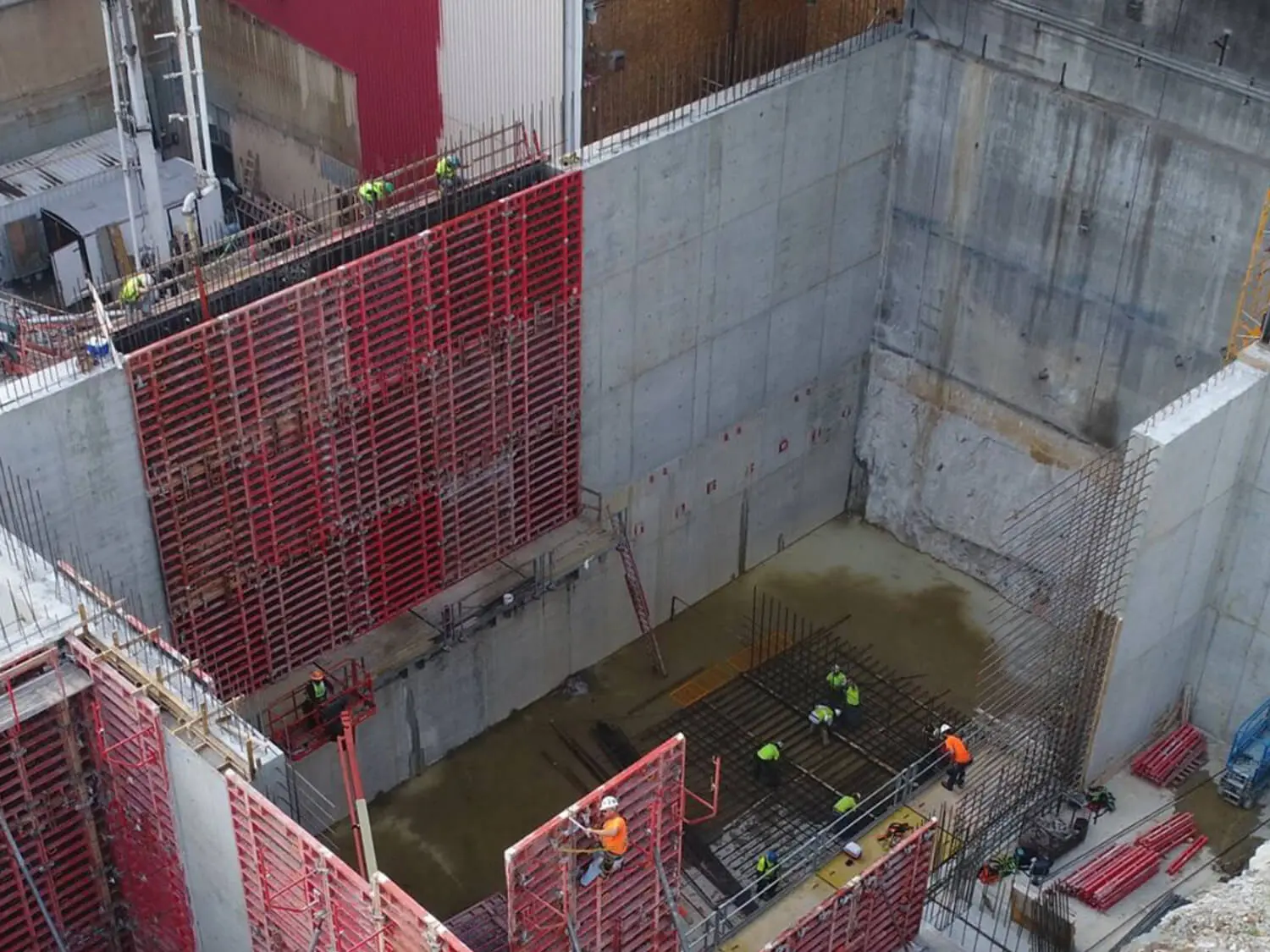- Why would he do that when he knew the risks?
- That’s how I was shown to do it.
- I’ve done it this way 100 times before with no problem.
- I do riskier stuff than this at home.
- It won’t be that bad. Let’s give it a try.
Each day, on average, two construction workers die of work-related injuries in the United States. In fact, one in five workplace fatalities are construction-related. One of the major causes of accidents/injuries on the job is from workers taking risks and losing. There are many reasons why people take risks at work. Let’s look at some of those reasons:
1. Overestimating Capability or Experience
Greater risks are tolerated when there is a belief in one’s physical ability, strength, agility, reaction time and reflexes in preventing an incident. A worker may overestimate their strength and will thus accept more risk when applying force, or may overestimate his or her agility and accept the risk of a poorly prepared working surface. This factor also relates to situations where an experienced worker will rely on his or her years of experience and knowledge of the task as justification for doing the work in a way that may have higher risk.
2. Familiarity With the Task (Or Complacency)
This occurs when a worker has completed a task successfully multiple times and has the skill to complete it successfully without thinking — a state referred to as “unconsciously competent.” This kind of autopilot complacency occurs without the worker having to refocus or refresh, thus creating a blind spot to potential hazards.
3. Seriousness of the Outcome
Here, the increased risk is based on the premise that something could go wrong. However, the worker underestimates how serious the consequences might be.
4. Voluntary Actions and Being in Control
There is an increased acceptance of risk in performing voluntary activities. Once we have made a decision to participate in an activity, either work-based or off the job, a process called “confirmation bias” occurs, and we convince ourselves that it is safe, despite the actual risks.
5. Personal Experience with a Serious Outcome
Personal reality events can stick with an individual for a long time — sometimes a lifetime. They can impact a person’s decisions on performing tasks they associate with an event, and it can result in being intolerant of any risk associated with a similar task. However, a worker who has never had a firsthand experience with a serious consequence will be prepared to accept more risk because they may be skeptical that something serious could actually happen.
6. Cost of NonCompliance
Personal cost can impact a person’s decision to accept risk and an individual can be influenced by how high the cost of noncompliance will be. If the cost of noncompliance (taking a risk), is going to be high, such as losing a job or receiving a fine or penalty, the person may decide to conduct themselves in a less risky manner.
7. Overconfidence in the Equipment
Overconfidence occurs when a worker places excessive or unwarranted trust that the equipment or tool will always perform exactly as designed. When a worker becomes familiar with particular tools and equipment, and has not experienced any failures, he or she can become overly trusting that the equipment or tool will never fail.
8. Overconfidence in Personal Protective Equipment
Risks become more common when the limitations of the personal protective equipment (PPE) are not understood. Higher levels of risk are accepted when workers are overconfident in the safety equipment they use and their belief that if something does go wrong, the PPE will keep them from harm.
9. Profit or Gain From Actions
This risk tolerance factor stems from the desire for profit, gain and/or recognition. This occurs at an individual level where a person may profit from their own action. This could be finishing sooner by taking shortcuts, or it could be a company trying to profit from taking greater risks.
10. Role Models Accepting Risk
The level of risk accepted by our role models and mentors will directly impact the level of risk individuals will accept. Workers will watch their peers, supervisors and mentors to determine how they should behave and proceed. Modeling after a mentor or role model who accepts risk will result in the worker accepting the risk.
Risk taking often doesn’t result in immediate injury, but that doesn’t mean that it’s safe. Think about how many times you have driven a few miles over the speed limit in your car, skipped a step going down the stairs, or lifted something that was too heavy or awkward to lift by yourself. You most likely didn’t get injured every single time you did it, but every time you do it you are taking a risk. If this behavior becomes a habit, luck tends to run out.

